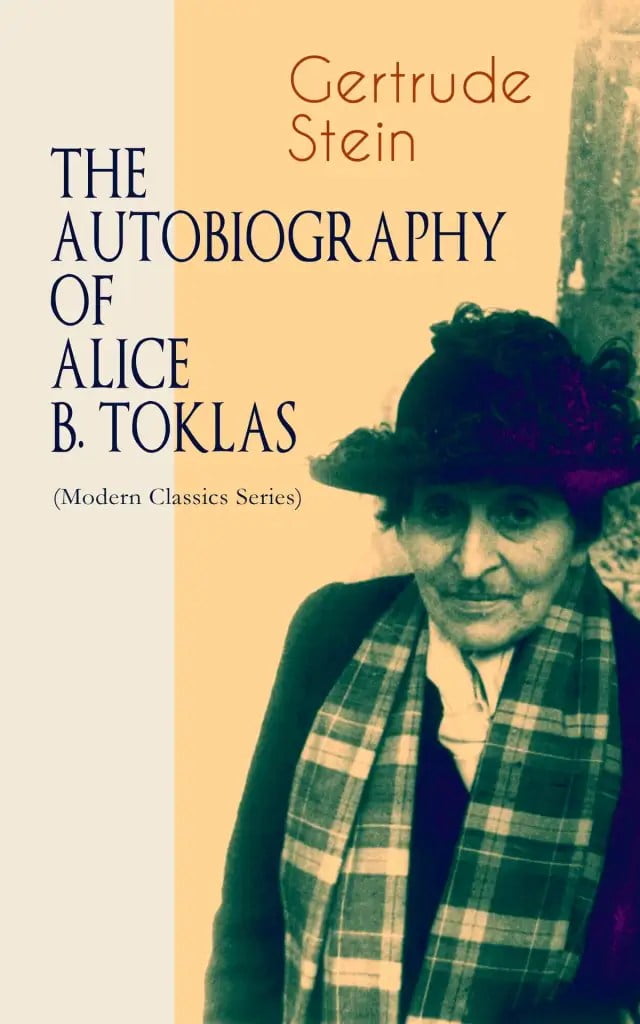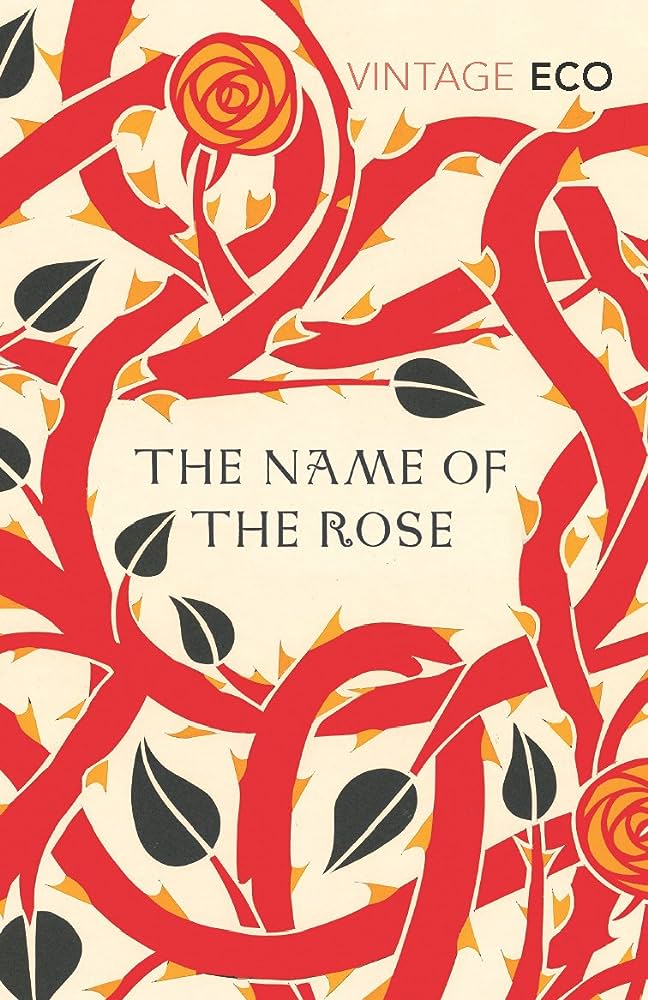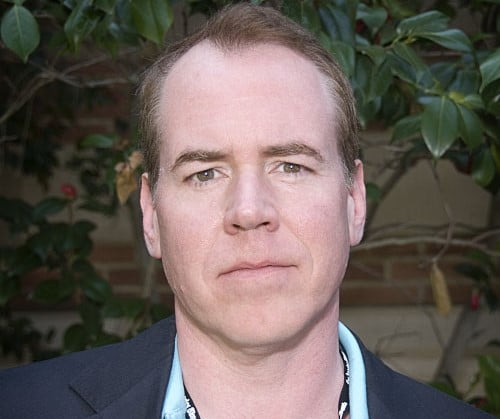







We live in a world where the lines between reality, fiction, false facts, fake news, Mandela effects, potato, po-tah-toh are continuously blurred. So much so that one of the great gonzo writers of our day, Bret Easton Ellis has returned after a 13-year hiatus to bring us his usual dash of satire mixed with a dollop of sex, drugs and autofiction. No, that isn’t a form of kink or fetish, though it does sound like it includes some level of leather strap or ball gag – perfect for Ellis’s shenanigans. The Shards highlights this literary genre perfectly as it obscures the distinction between autobiography and fiction.
“The last time I thought about this book, this particular dream, and telling this version of the story—the one you’re reading now, the one you just began—was almost twenty years ago, when I thought I could handle revealing what happened to me and a few of my friends at the beginning of our senior year at Buckley, in 1981.”
Bret Easton Easton, The Shards
The book itself is a fictionalised memoir of Ellis’s final year of high school in 1981 in Los Angeles. The novel is narrated by a character named Bret Easton Ellis, who is clearly based on the author himself. However, there are also many fictional elements in the novel, such as the introduction of a serial killer character. As a result, having read nothing about the book beforehand, I had to stop walking (as I listened to the 21-hour audiobook) and Google this killer – who turned out to be a figment of the author’s imagination. The novel also explores the themes of memory, identity, and the creative process. It asks the question of how much of our own lives are really our own, and how much of it is invented?

What exactly is autofiction?
And that’s what is key to autofiction. It involves writing about real-life experiences and events, but with elements of imagination and storytelling added. In autofiction, authors often use their own lives as a basis for their narratives, but they may manipulate facts, change characters’ names, or alter events to create a more fictionalised version of their personal stories. The genre challenges traditional notions of truth and reality in literature. It seems apt that Ellis has returned at a time when where we can barely distinguish between fact and fiction, with social media rampant with misinformation, all while AI-generated books flood the market.
Read: Hanif Kureishi’s Dispatches: an ode to writers in recovery
The satirist has been known to bend the rules when it comes to his style. His 2005 novel Lunar Park was the equivalent of a mockumentary or a “mock memoir”, with the protagonist being based on himself again, even with the same name. It showcases essentially a parallel life where he has written the same successful books including Less Than Zero. Yet there are elements of the supernatural with the villain of his wildly successful 1991 novel American Psycho, Patrick Bateman, appearing on numerous occasions in the form of a ghost. In this way, Ellis takes genre manipulation to a new level, creating his own standards – a supernatural autofiction thriller, aspects which have appeared in his latest work.
But we need to make clear that autofiction isn’t meant to deceive, create a fictional other, or stick to a particular form. The idea behind this is to actually push the walls of the literary box to see how far it can go, all while attempting to explore the another truth that one may or may not have experienced.
What is the difference between autofiction and autobiografiction?
And not to throw a spanner in the works, but autofiction doesn’t actually end there. There are actually subgroups of this way of writing. For example, “autobiografiction” is a closely related literary genre, but they have some nuanced differences:
Autofiction:
- Autofiction primarily blurs the lines between autobiography and fiction by incorporating real-life experiences and events into a fictional narrative.
- Authors in autofiction often use their own lives as a starting point but may change details, characters, and events to create a more imaginative and artistic representation of their personal experiences.
- The focus in autofiction is on the blending of truth and fiction, and the reader may not always be able to distinguish between the two.
Autobiografiction:
- Autobiografiction combines autobiography and fiction by interweaving real-life elements and fictional elements in a narrative that clearly highlights both aspects.
- This genre emphasises the simultaneous presence of autobiographical facts and fictional elements, often contrasting the two to create meaning or explore themes.
- Autobiografiction may involve self-reflection on the part of the author, who uses both personal experiences and fictional elements to explore deeper truths.
While both genres involve the intertwining of autobiography and fiction, “autofiction” leans more toward fiction with real-life inspiration, while “autobiografiction” highlights the coexistence of autobiographical facts and fictional elements in a more overt manner.
Literary hybridity: the intersection of reality and imagination
In the literary world, this enigmatic fusion is captured by both autofiction and its close cousin, autobiografiction. These narrative approaches defy traditional categorisation, as they intricately interweave real-life experiences with the artistry of fiction, resulting in a tapestry that challenges conventional storytelling norms.
Notable autofiction books
Autofiction, a literary phenomenon that has gained traction in recent years, is epitomised by Karl Ove Knausgaard’s “My Struggle Series.” This monumental six-volume autobiographical novel takes readers on a journey into the author’s inner world. Knausgaard deftly melds his everyday experiences, relationships, and emotions with elements of fiction. The result is a captivating narrative that beckons readers into the author’s psyche while leaving them to ponder where truth ends and imagination begins.
Marguerite Duras’ “The Lover” embodies the nuanced artistry of autobiografiction. Drawing from her own upbringing in French colonial Vietnam, Duras interlaces her personal history with a fictionalised account of a forbidden love affair. As a result, the book is considered controversial due to the age difference between the protagonist and her so-called lover. This tantalising blend of fact and fancy enriches the narrative, yielding a work that is both evocative and elusive.
What autobiografiction looks like
Venturing into the realm of autobiografiction, Gertrude Stein’s “The Autobiography of Alice B. Toklas” is a testament to literary innovation. With a title that belies its nature, the book is narrated by Stein’s life partner, Alice B. Toklas. Yet, it is not a mere autobiography. Stein ingeniously employs Toklas as the narrator to delve into her own experiences and the artistic circle that surrounded her during the vibrant era of early 20th-century Paris.
Umberto Eco’s “The Name of the Rose” presents another facet of autobiografiction. This historical murder mystery, set in a Benedictine monastery during the Middle Ages, intriguingly inserts Eco himself into the narrative. Through the character of Adso of Melk, Eco navigates both real and imagined territories, echoing his own interests and perspectives while unravelling a captivating mystery.
Other important autofiction books
Among the array of notable works, “On Earth We’re Briefly Gorgeous” by Ocean Vuong stands as a testament to the fictionalised memoir. Narrated by a character named Little Dog, clearly based on Vuong himself, the novel expertly fuses the personal and the imagined. The presence of fictional elements, such as the introduction of a love interest named Bruce, adds layers of complexity to the narrative.
Sheila Heti’s “How Should a Person Be?” navigates the intricate labyrinth of identity and creativity. Rooted in Heti’s life yet adorned with fictional embellishments, the novel boldly flouts the boundaries of autobiography. Heti’s self-awareness, reflected in the book’s metafictional nature, casts light on the very process of crafting fiction from lived experiences.
Read: Britney Spears biography: the problem with celebrity memoirs
“I Love Dick” by Chris Kraus emerges as a distinctive autofictional marvel. The book blends reality and imagination by casting the author’s own name as the protagonist. While inspired by actual experiences, Kraus molds her narrative to serve her artistic vision. The insertion of a real-life character, Dick, into a tapestry of invented interactions exemplifies the narrative’s captivating amalgamation of truth and creativity.
Michelle Tea’s “Black Wave” takes us on a journey where the dot-com boom and bust mingle with fictionalised scenarios. Amid this blend of history and invention, Tea’s protagonist’s introspections resonate with her own emotions, lending authenticity to the tale.
These narratives, whether rooted in autofiction or autobiografiction, exemplify a literary landscape where truth and imagination coalesce in a symphony of artistic expression. As the boundaries between fact and fiction mix, these works invite readers to explore the elaborate dance between reality and invention, challenging our very understanding of storytelling itself.
This article contains affiliate links in which we may receive a small commission at no extra cost to you. We have not been commissioned to review books and services.
[…] Read: Truth is stranger than autofiction: examples like Bret Easton Ellis […]
[…] Read: Truth is stranger than autofiction: examples like Bret Easton Ellis […]
[…] If you found these themes interesting, then check out the interview with Stolen History author Sathnam Sanghera, as well as a look into autofiction and Brett Easton Ellis’ new book The Shards. […]
[…] “American Psycho” by Bret Easton Ellis. This book is a critique of the excesses and amorality of consumerist culture in the 1980s. The novel uses horror elements to explore the psyche of a Wall Street serial killer. Check out his autofiction works. […]